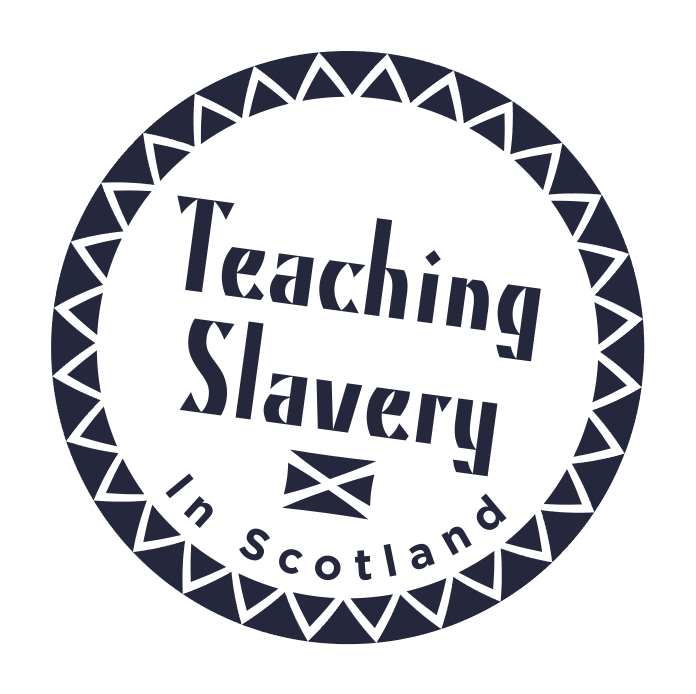The transatlantic slave trade had a transformative effect on the British economy, society and culture. The lessons on this page look at the processes through which this happened and the legacy of these changes.
The impact of slavery on racial thought in Britain.
This three lesson enquiry looks at the way that British people perceived Africans before during and after the slave trade. Drawing on work from Kerry Apps, it makes the point that it was the slave trade which caused the racial ideologies that we are reckoning with today.
Did the Dolben Act work as intended?
In 1788, the British parliament passed a law (later known as the Dolben Act) which aimed to improve conditions on slave vessels. This lesson looks at why Sir William Dolben proposed his law and whether the law worked as he had hoped.
Voices of Abolition
This three lesson enquiry asks, ‘Which voice for abolition was loudest?’ It begins with an enquiry into Wilberforce’s contribution and asks his voice is the ‘most heard’. In the second lesson, some lesser known abolitionists are discussed, while Lesson 3 asks students to explain why some people are remembered more than others, before deciding whose voice should be remembered.
How did supporters of slavery in Britain respond to the enslaved rebellion in Saint-Domingue?
The Haitian Revolution, which saw enslaved people in the French colony of Saint Domingue take up arms against their enslavers, sent shockwaves through Europe. In Britain, supporters of slavery had to balance anti-French feelings with anxieties that organised armed resistance might spread to the British Caribbean.
The first of these lessons looks at the reaction of the political class in Britain, the second uses primary sources to look at how the planter class in the Caribbean responded to the threat.
How can the work of Hannah More shine a light on the contribution of female abolitionists in Britain?
This lesson explores the poetry of abolitionist Hannah More to explore the many ways in which opposition to slavery could be expressed.
Phillis Wheatley and the British Abolitionist movement
This lesson looks at the impact of Phillis Wheatley, a formerly enslaved person of African descent who wrote poetry. The lesson looks at how her work was received in Britain and focuses on a short extract from her poetry.
How were the lives of Highland crofters intertwined with the lives of the enslaved Africans 4000 miles away?
This lesson encourages pupils to think about transatlantic slavery as a truly global system. It traces the easterly journey of the flax grown in central Europe, which was spun in the Scottish highlands, and worn by enslaved people in the Caribbean.
How should Wilberforce be remembered?
This lesson uses the historical concept of significance to explore the different ways that Wilberforce can be remembered. The lesson reminds us that it is we in the present who decide how someone should be remembered.
What was the most significant link between Scotland and the Caribbean?
This series of lessons explores Scotland’s relationship to the Caribbean, focusing on the period of Atlantic slavery. Learners will explore connections through sugar, finance, linen and herring fishing. Lesson 1 introduces the series and focuses on sugar. Lesson 2 is about financial institutions. Lesson 3 examines the linen industry and lesson 4 attends to fishing. There is also a series of printable resources to support these lessons.
Scipio Kennedy
Scipio Kennedy was an enslaved man who was brought to Scotland as a child around 1700. He lived in Culzean Castle as a personal servant to the wife of John Kennedy.
